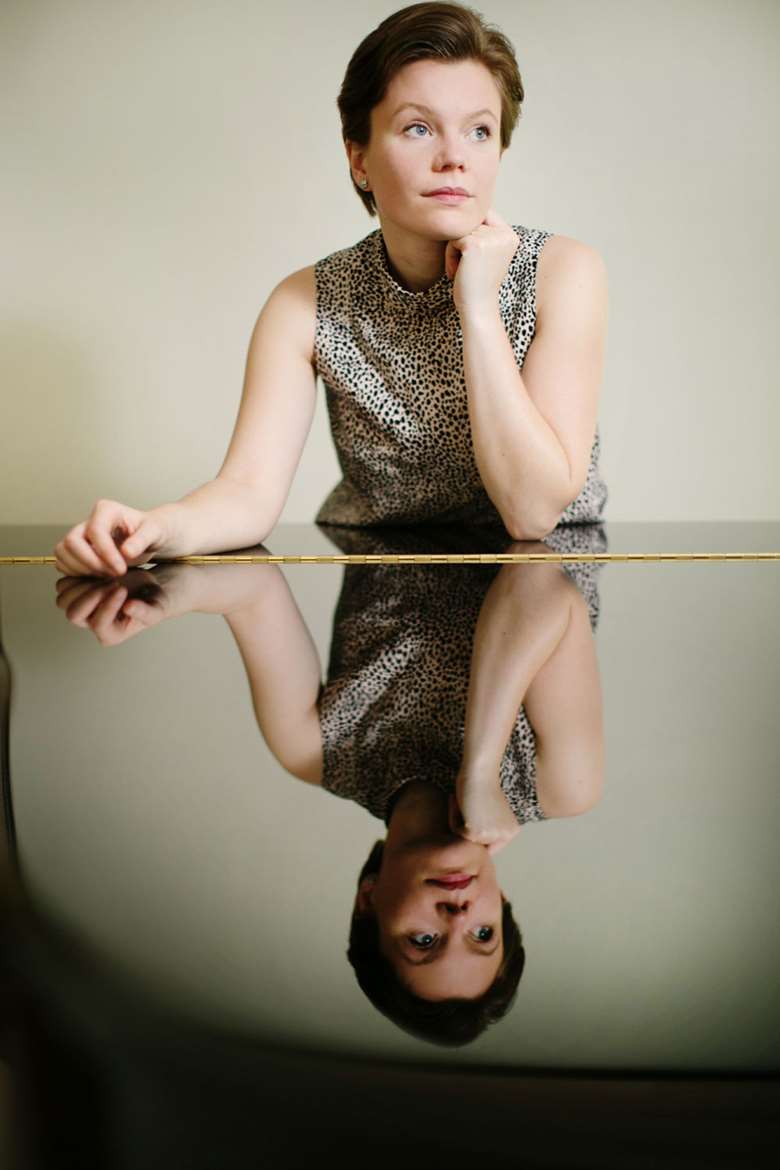'The beauty of variations lies in the way composers are forced to respond to limitation'
Clare Hammond
Friday, March 5, 2021
Clare Hammond introduces her new album of piano variations from the 20th and 21st centuries

Variations: ‘a form founded on repetition … in which a discrete theme is repeated several or many times with various modifications’. [Grove Music, ‘Variations’, Elaine Sisman]
Not, one might think, a recipe for excitement or enlightenment. As a student, I was compelled to compose a set of variations and produced music of such mind-blowing banality as to deter any further attempt at the form. Yet the beauty of variations, where they succeed, lies in the way composers are forced to respond to limitation. Bach's Goldberg, Beethoven's Diabelli or Elgar's Enigma Variations are inspiring and insightful precisely because composers are compelled to dig deeper than they might if they had free rein.
I find this contradiction intriguing and, on my latest album, present sets of variations from the 20th and 21st centuries that truly transcend the limitations of the form. These pieces highlight the inherent paradox of variations, that, in repeating material, we glean new insight as we view it from alternative perspectives.
The opening work on the disc is the first that I encountered: Szymanowski’s Variations on a Polish Theme, Op. 10. A paragon of late-Romantic virtuosic bravura, it takes what Szymanowski believed to be a genuine folk melody from the Tatra mountains and transforms it in a series of tableaux. In style and substance, it resembles Mussorgsky’s Pictures at an Exhibition. With each repetition, we move to a new painting in the gallery but the theme itself remains, in essence, unchanged.
Gubaidulina’s Chaconne, on the other hand, effects a comprehensive transformation of the theme’s meaning through close to fanatical repetition over the course of a mere nine minutes. When the theme returns in the coda, it feels entirely remoulded: the emotional impact is shattering. Similarly, Copland’s Variations takes a collection of pitches that are deployed in almost serial fashion to create a piece of monolithic stature. I have never heard music that uses so few notes to such monumental psychological effect.
While not the most obvious take on variation form, ingenious use of repetition can generate humour and wit. Light metrical irregularity in Adams’ I Still Play keeps the listener on their toes, while Lachenmann adopts a more rumbustious approach. Opening in resolutely stereotypical fashion, with an Écossaise by Schubert, he quickly veers off into a modernist style, verging on satire. The unexpected angles that repetition brings contribute in no small part to the humorous tone of this music.
Hindemith and Birtwistle show how variation form can throw new light on emotional states and their development over time. Both take grief as their starting point. A weighty nostalgia in Hindemith’s Variations metamorphoses into tender consolation of rare beauty while Birtwistle’s elegy takes us from numbed sorrow, through rage, to acceptance. In both cases, the evolution of the theme mirrors our own emotional transformation.
While there are countless sets of variations that remain safely within the prescribed confines, it has been invigorating to explore how composers can challenge its limitations and explode the form from within. The demands placed on a performer, as we respond to split-second shifts in tone and feeling, are intense. While immensely challenging, this programme is one of the most exhilarating and life-affirming that I have given.
Clare Hammond’s new recording of twentieth and twenty-first-century variations for piano is out on March 5 on the BIS label









